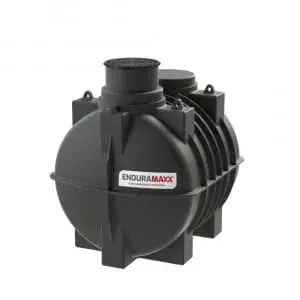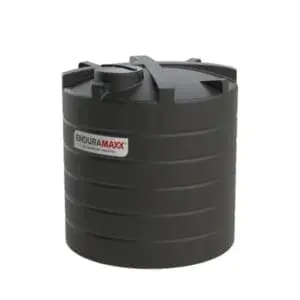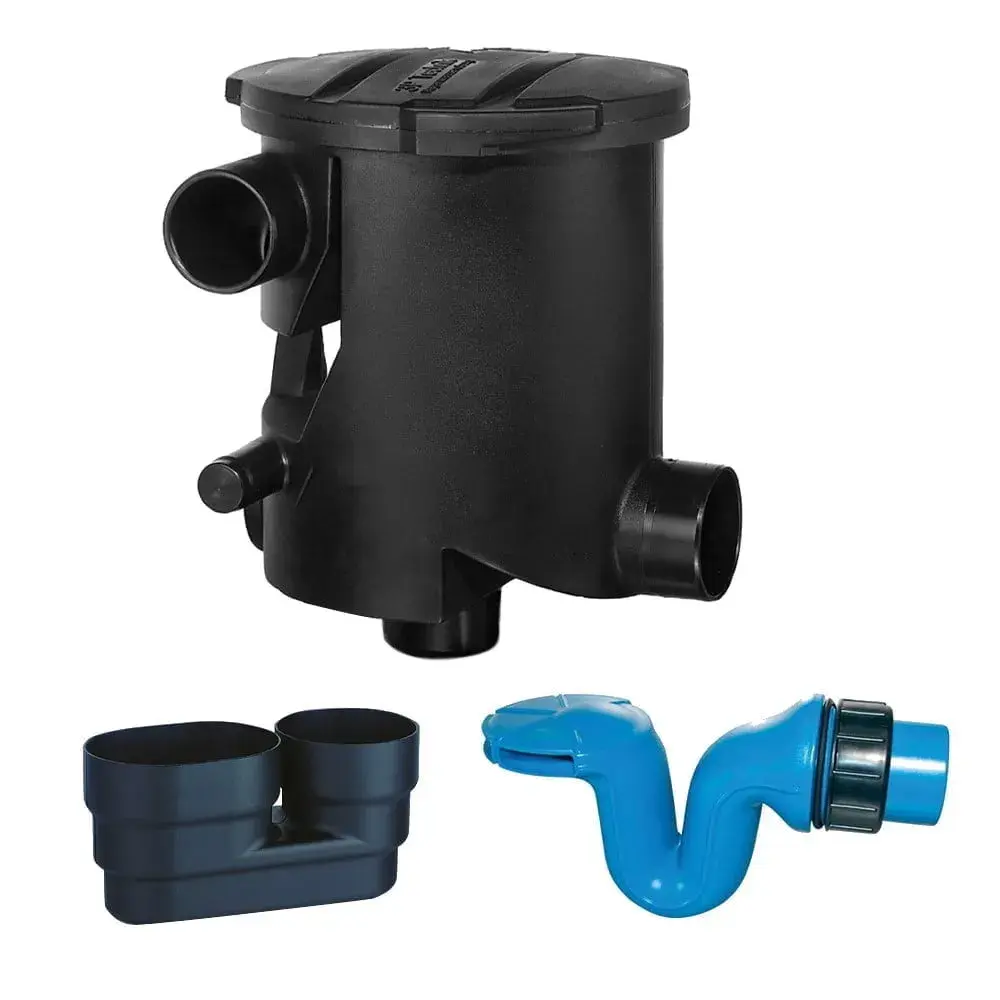
Drinking water tanks are a common storage solution in commercial, industrial, and agricultural settings. However, given that their contents will be ingested by humans, it’s important to ensure that tanks and their installation comply with all safety standards.
In this article we look at the UK regulations applicable to water tank safety.
Water Tank Regulations In The UK
Drinking water safety regulations are outlined in the Water Supply (Water Fittings) Regulations 1999. The regulations apply to storage tanks, whether they’re one piece or sectional units.- Water storage cisterns or tanks must be watertight to prevent contamination and bacterial growth and should have a coating or lining made of impermeable materials.
- Where applicable, tank lids or covers should prevent insects or other animals from entering the unit. The tank should also keep water away from direct light and sources of heat. However, the lid shouldn’t be airtight.
- Tanks whose capacity exceeds 1,000 litres should be constructed to allow inspection and cleaning without having to fully uncover them.
- Tank placement matters, as units must have a top clearance of at least 35mm (13.7 inches). Moreover, tanks should be placed in a cool area so that water stays at a constant temperature of around 20°C.
- Tanks should not be made of metallic materials, as these rust over time and have a negative impact on water quality.
- Vents and overflow connections must be present.
- It’s recommended that if you have multiple water tanks, they’re connected with each other in order to prevent stagnation.
Who Has To Comply With The Regulations?
Engineers, fitters and installers must verify that all parts of a tank, as well as the water supply system as a whole complies with all safety regulations. To be on the safe side, you may also want to make sure that your water tank installers have other relevant certifications, including:
- Construction Skills Certification Scheme (CSCS) Card.
- Prefabricated Access Suppliers and Manufacturers Association (PASMA) card.
- Confined space awareness with breathing apparatus, a type of training that’s useful in the installation and maintenance of large water tanks.
- Asbestos awareness training, which ensures the correct handling of construction materials containing asbestos, as these may be present in certain sites during water tank installation.
- First aid certifications.
Next Steps
All Enduramaxx drinking water tanks comply with water safety storage regulations. And for your peace of mind, we exclusively work with fully certified installers. Get in touch today to find out more.
Image Source: Unsplash
Posts By Topics
- Blog (303)
- Chemical Storage Tanks (118)
- Chemical Dosing Tanks (114)
- Chemical Tanks (114)
- Water Tanks (58)
- Rainwater Harvesting Tanks (43)
- Vertical Rainwater Tanks (31)
- Vertical Storage Tanks (31)
- Cone Bottom Tanks (19)
- Conical Cone Tanks (18)
- Rainwater Harvesting (17)
- Water Bowsers (15)
- Horizontal Tanks (14)
- Potable Water Tanks (13)
- Farming (9)
- Case Studies (8)
- Industrial Storage Tanks (7)
- Liquid Fertilser Storage Tanks (6)
- WRAS Approved Potable Tanks (6)
- Wine and Beer Production (6)
- Horizontal Transport Tanks (5)
- Microbrewery (5)
- Rainwater (5)
- Category 5 Break Tanks (4)
- Cider Production (4)
- Mixer Tanks (4)
- Molasses Tanks (4)
- Polyethylene tanks (4)
- Rainwater Filter Kits (4)
- SPECIALIST & BESPOKE TANKS (4)
- Bunded Tanks (3)
- Slimline Tanks (3)
- WRAS Approved (3)
- Clarification Tanks (2)
- Crosslinked Polymer Tanks (XLPE) (2)
- Fertiliser Tanks (2)
- Sump Tanks (2)
- Tank Installation (2)
- Water Butt (2)
- underground water tanks (2)
- ACCESSORIES & FITTINGS (1)
- ATV & UTV SPRAYING UNITS (1)
- Above Ground Effluent Tanks (1)
- Bespoke Tank Frames (1)
- Category 5 Turret (1)
- Caustic Soda Tanks (1)
- Closed Top Bunded Tanks (1)
- Craft beer (1)
- Effluent Tanks (1)
- Enduramaxx (1)
- Ferric Chloride Tanks (1)
- Fire Safety Regulations (1)
- Fire Sprinkler Water Storage Tanks (1)
- Industrial Water Tank (1)
- Open Top Bunded Tanks (1)
- Open Top Cone Tanks (1)
- Open Top Vertical Tanks (1)
- Polyethylene Potable Water Tanks (1)
- Polyvinylidene Fluoride (PVDF) Tanks (1)
- Polyvinylidene Fluoride Tanks (PVDF) (1)
- Pressure Washers (1)
- Pro Series Spot Sprayers (1)
- RWH (1)
- Sodium Hydroxide Storage Tanks (1)
- Sprayer Fill-up Tanks (1)
- Uncategorised (1)
- liquid fertiliser tank (1)
Sign up to the newsletter
enduramaxx.marketing
Related Posts
Best Lids for Safe Fuming Tight Lids for Chemical Storage
Correct lid for fuming chemicals – fume proof lids are part of the storage tank systems...
What Are The Regulations For Drinking-Water Tanks In The UK?
Drinking water tanks are a convenient way to keep fresh, clean water available for use in...
Why Are Plastic Water Tanks Used To Store Chemicals?
Plastic water tanks are used for the storage of chemicals as they have excellent chemical...
Related Products
From £1,080.00 inc. VAT
£900.00 exc. VAT
From £1,344.00 inc. VAT
£1,120.00 exc. VAT
From £768.00 inc. VAT
£640.00 exc. VAT
£480.00 inc. VAT
£400.00 exc. VAT





